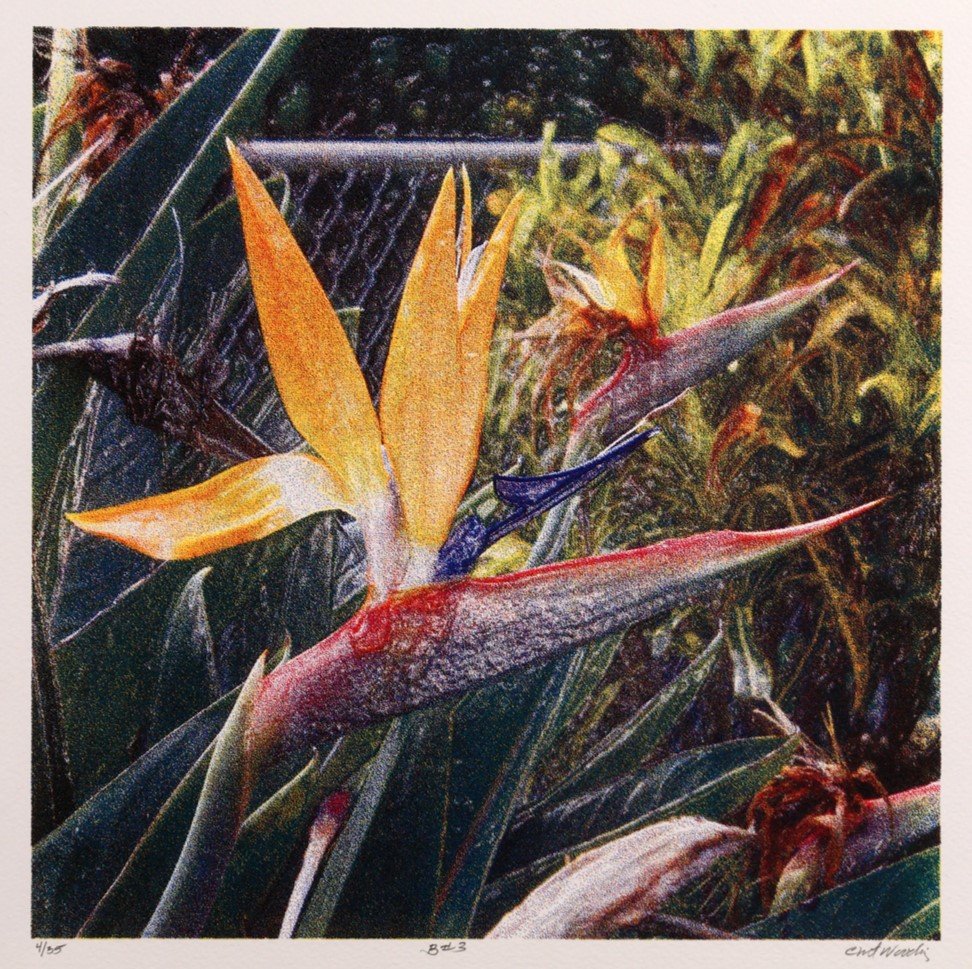Famous Serigraphy Artists: Warhol, Lichtenstein, and Beyond
Serigraphy, or screen printing, is a versatile and captivating printmaking technique that has been used by many talented artists to create stunning and thought-provoking works of art. While serigraphy has a long history, dating back to ancient China, it truly came into prominence during the 20th century, when artists like Andy Warhol and Roy Lichtenstein revolutionized the art world with their bold and innovative screen prints. In this blog post, we will explore the works of these two iconic artists and delve deeper into the world of serigraphy, highlighting other influential artists who have made their mark with this fascinating technique.
Andy Warhol: The Pioneer of Pop Art
Andy Warhol (1928-1987) was an American artist and a leading figure in the Pop Art movement, which emerged in the 1950s and 1960s as a response to the mass consumer culture of post-World War II America. Warhol employed serigraphy to create iconic, large-scale prints of everyday objects and celebrities, effectively blurring the lines between high art and popular culture.
Warhol's most famous serigraphs include the Campbell's Soup Cans series (1962), where he reproduced the images of the popular soup cans in a variety of colors, and the Marilyn Diptych (1962), featuring multiple silkscreened images of actress Marilyn Monroe. His groundbreaking use of serigraphy elevated the technique's status in the art world and inspired countless artists to explore its creative potential.
Roy Lichtenstein: Comic Book Inspiration
Roy Lichtenstein (1923-1997) was another prominent figure in the Pop Art movement, known for his striking, large-scale paintings and prints inspired by comic book panels. Lichtenstein's serigraphs, like Warhol's, commented on the proliferation of mass media and consumer culture, but with a distinct focus on the visual language of comic books.
Lichtenstein's serigraphs, such as "Whaam!" (1963) and "Drowning Girl" (1963), often featured bold, black outlines, primary colors, and Ben-Day dots to mimic the printing techniques used in comic books. His innovative approach to serigraphy helped redefine the boundaries of fine art and brought new attention to the power of popular imagery.
Beyond Warhol and Lichtenstein: Other Influential Serigraphy Artists
While Warhol and Lichtenstein are undoubtedly the most well-known serigraphy artists, many others have also made significant contributions to the medium. Some notable artists include:
Sister Mary Corita Kent (1918-1986): An American Roman Catholic nun and educator, Corita Kent created vibrant, text-based serigraphs that combined spiritual, political, and social messages with a unique pop art sensibility. Her works, such as "For Emergency Use Soft Shoulder" (1966), often featured bold colors and a collage-like aesthetic.
Robert Rauschenberg (1925-2008): A pioneering American artist, Rauschenberg utilized serigraphy in his innovative "combine" paintings, which incorporated various materials and techniques to create multi-layered, complex compositions. His serigraph "Sky Garden" (1969) is a prime example of his boundary-pushing approach to art-making.
Shepard Fairey (b. 1970): A contemporary American street artist, graphic designer, and activist, Fairey is best known for his "Obey Giant" campaign and the iconic "Hope" poster created for Barack Obama's 2008 presidential campaign. Fairey's works often feature bold graphics and politically charged messages, showcasing the power of serigraphy to communicate ideas and engage with the public.
Ok. I could have titled it Bird of Paradise #3 but sometimes I get lazy and like things short and sweet. This my city bird of Paradise with an attitude. Ever seen one with a cowlick?
Original Year Created – 2011
Size – 12” x 12”
Material – Fabriano Artistico 100% cotton
Limited Edition Run – 35
All pieces will be hand signed, numbered and marked for authenticity.

